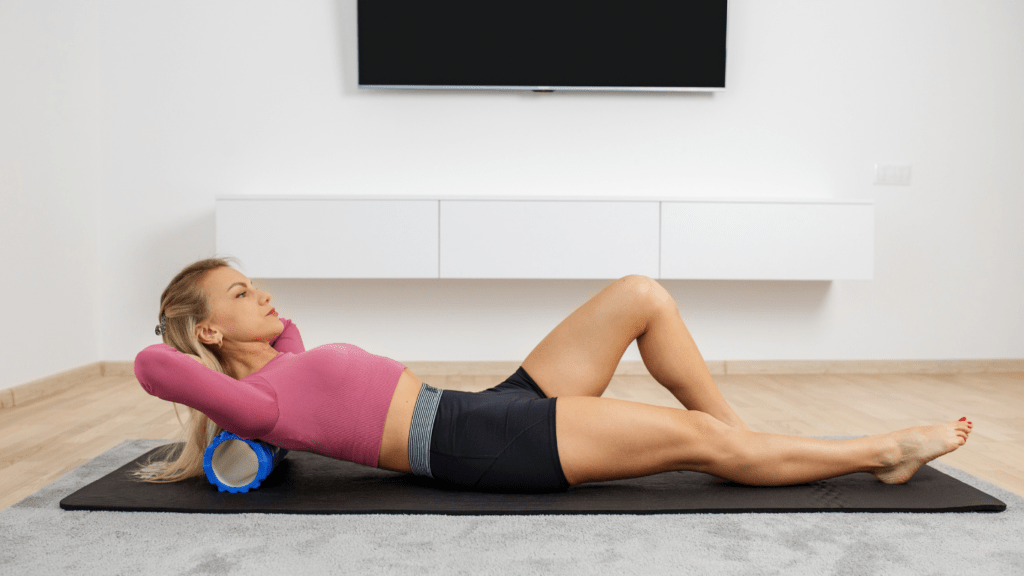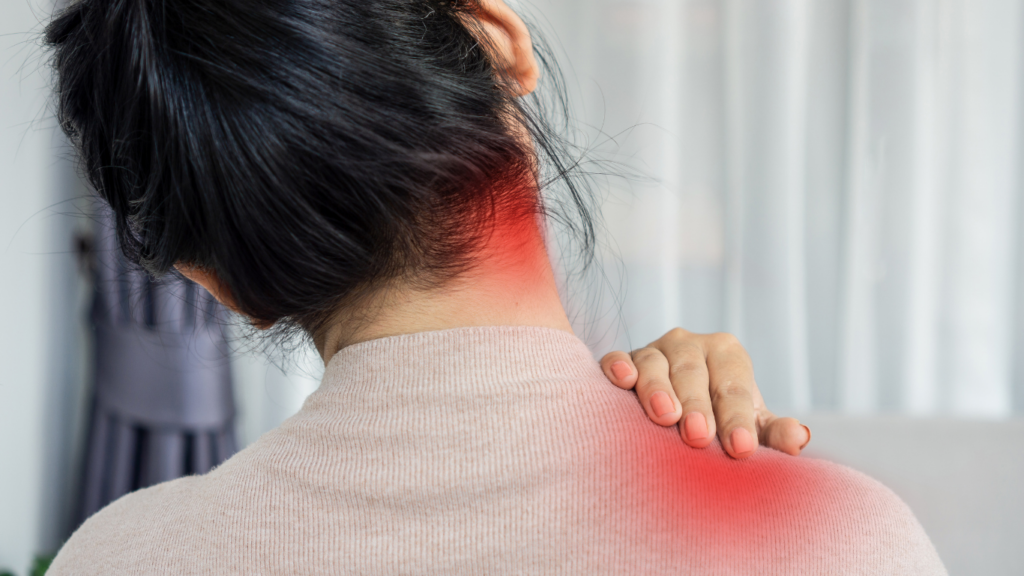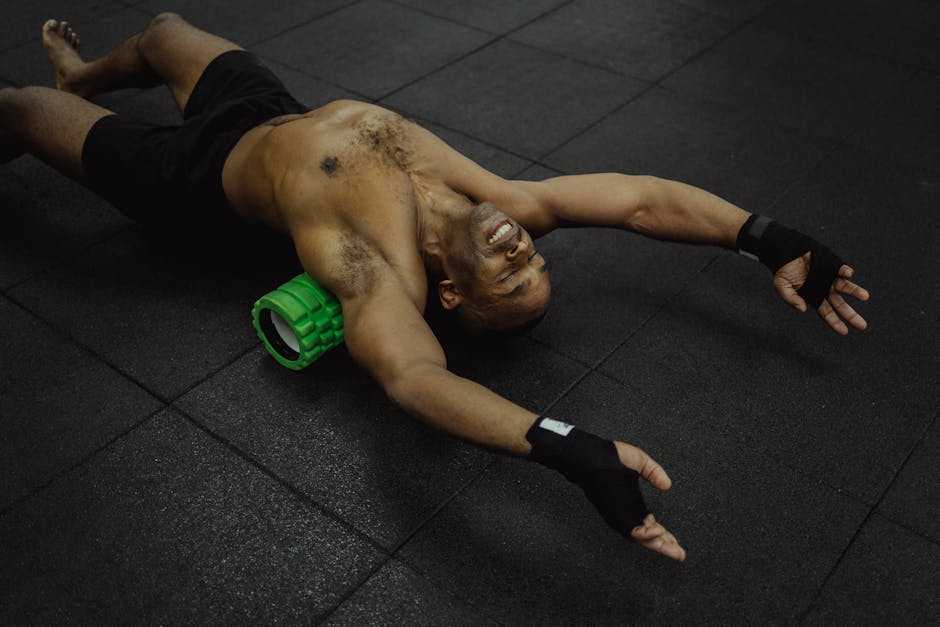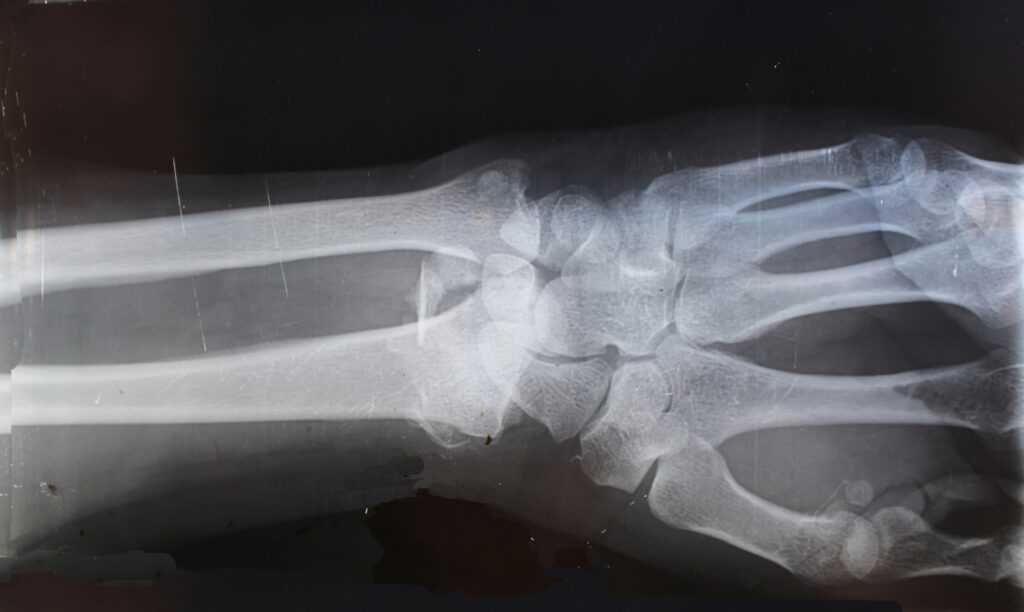Understanding Foam Rolling
Foam rolling serves as an effective self-massage technique that aids in muscle recovery and overall physical performance. It’s essential to grasp the fundamentals for optimal results.
What Is Foam Rolling?
Foam rolling, or self-myofascial release, uses a cylindrical foam roller to apply pressure on muscles. By rolling over various muscle groups, individuals can release built-up tension and alleviate muscle tightness.
Foam rollers come in different densities and textures, each serving specific purposes.
- Reduced Muscle Soreness: Foam rolling helps decrease delayed onset muscle soreness (DOMS) by enhancing blood flow and oxygen to the muscles.
- Increased Flexibility: Regular foam rolling can improve muscle flexibility and joint range of motion.
- Improved Circulation: By breaking down adhesions and muscle knots, foam rolling promotes better blood circulation.
- Prevention of Injuries: Consistent use of a foam roller helps identify and treat potential issues before they become injuries.
- Enhanced Performance: With reduced soreness and increased flexibility, muscles perform better during workouts and daily activities.
Key Foam Rolling Techniques
Effective foam rolling techniques enhance muscle recovery by targeting specific areas. Employing the right methods ensures optimal relief and performance improvements.
Techniques for Upper Body Muscles
Foam rolling the upper body targets muscles prone to tightness. Begin with the upper back by placing the foam roller beneath the shoulder blades.
Cross your arms over your chest and use your legs to roll from mid-back to the base of your neck. For the chest muscles, lie face down with the roller under one armpit.
Roll from the armpit down towards mid-pec. To address tightness in the shoulders, lie on your side with the roller under your armpit and roll back and forth.
Techniques for Lower Body Muscles
Addressing the lower body muscles effectively involves specific rolling methods. Start with the calves by sitting on the floor with the roller under your calves, using your arms to lift your hips and roll from ankles to knees.
For the hamstrings, sit with the roller under your thighs, supporting yourself with your hands, and roll from knees to glutes. To alleviate tight quadriceps, lie face down and place the roller under your thighs, rolling from hips to knees.
For the IT band, lie on your side with the roller under your hip and roll from hip to knee.
Use these techniques to enhance muscle recovery and overall performance.
Choosing the Right Foam Roller

Selecting the perfect foam roller maximizes the benefits of self-myofascial release. Different rollers suit different needs, so it’s essential to understand which types serve specific functions best.
Types of Foam Rollers
Various foam rollers target distinct muscle groups and recovery needs:
- Standard Density Foam Rollers: Commonly used, medium-density rollers suit both beginners and experienced users. They provide moderate pressure suitable for general self-massage and muscle recovery.
- High-Density Foam Rollers: Firmer than standard rollers, high-density types offer deeper muscle penetration. Ideal for athletes or individuals with dense muscle tissue needing intense pressure.
- Textured Foam Rollers: Featuring ridges or knobs, textured rollers target specific trigger points, enhancing deep tissue massage. They effectively relieve muscle knots and tightness.
- Vibrating Foam Rollers: Equipped with vibration technology, these rollers combine traditional benefits with enhanced muscle stimulation. Useful for warming up muscles before exercise or speeding up recovery post-workout.
- Travel Foam Rollers: Compact and lightweight, travel rollers offer convenience for on-the-go muscle maintenance. They fit easily in a gym bag or suitcase.
What to Consider Before Buying a Foam Roller
Several factors influence the choice of a foam roller:
- Density: Roller density impacts the pressure and intensity of the massage. Beginners often prefer medium-density, while advanced users may opt for high-density to address deeper muscle tissue.
- Size and Shape: Roller size should match the intended use. Larger rollers cover broader muscle groups, while smaller ones offer precision targeting for specific areas like calves or arms.
- Surface Texture: Smooth rollers provide uniform pressure, while textured surfaces enhance pressure on trigger points. Choose based on the type of muscle recovery needed.
- Material Durability: High-quality materials ensure longevity and resistance to deformation. Durable rollers maintain their shape even after prolonged use.
- Price: Foam rollers vary in cost based on features and materials. Consider investing in a high-quality roller to balance affordability with durability and effectiveness.
By carefully considering these factors, I can make an informed decision that aligns best with my muscle recovery needs and goals.
Best Practices for Foam Rolling
Foam rolling, a key aspect of self-myofascial release, requires attention to detail for effective muscle recovery. Adopting these best practices helps optimize results and minimizes potential risks.
Frequency and Duration of Sessions
The frequency of foam rolling sessions depends on individual workout schedules and muscle recovery needs. Generally, 3-5 sessions per week provide significant benefits. For duration, focus on rolling each muscle group for 1-2 minutes, totaling 15-20 minutes per session. This timing ensures muscles are both relaxed and sufficiently stimulated for recovery. However, reduce frequency if you experience muscle soreness or discomfort.
Common Mistakes to Avoid
Avoiding common mistakes enhances foam rolling efficacy and prevents injuries.
First, refrain from rolling directly on joints or bones; focus on muscle tissue instead.
Second, don’t roll too quickly; slow, controlled movements release muscle tension more effectively. Third, avoid ignoring pain; moderate discomfort is normal, but intense pain indicates incorrect technique or excessive pressure.
Lastly, don’t neglect warm-ups and proper posture; foam rolling is most effective when done alongside stretching and correct form.



